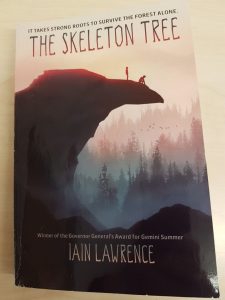Hello Everyone,
Even if you did not do the watershed visit, you can still do these questions, as they deal with what we learned about the water cycle over the last few days.
Title: Our Connection to Water
Questions:
Explain briefly (one sentence per part) what the key parts of the water cycle are. Use scientific words. Make sure you include the new word we learned about the role trees play in the water cycle.
What is a watershed and why is it called that?
What are the three watersheds our drinking water comes from?
How does the GVRD keep our watersheds protected, and why?
What is turbidity and what causes it?
Why is the water safe for you to drink from the tap in the Greater Vancouver area?
If our water purification and delivery system didn’t exist, and you needed to find your own water like people did long ago, where would you take water from in order to ensure it was the most clean? Why?
Why do we need to conserve water, since there seems to be so much?
What advice would you give to someone during the summer months to conserve water?
Why would it be important to protect the animals and plants of the watershed?
What kind of animals and plants did you learn about on our trip, or that you know live in the watershed area?
Think about one thing you learned about at the watershed. Do a bit of research on it, and tell me more about it! (Need ideas? Witch’s Butter, Moss and First Nations, Bears and Marking Territory, Kingfishers, Monitoring of Watersheds, Albino salmon, mycelium and trees)

